Learn which industries deliver the highest ROI for MCA leads in 2025 and how to approach them for better conversion rates.
In the world of merchant cash advance leads, the industries you target can make the difference between a sales team hitting quota every month and one constantly chasing its tail. Your industry focus doesn’t just influence connect rates — it shapes approval ratios, average deal sizes, and the lifetime value of the customers you bring in. In 2025, with competition for MCA leads intensifying and underwriting guidelines tightening in certain sectors, being deliberate about your target verticals is no longer optional. It’s the foundation of a predictable, profitable MCA sales operation.
Whether you purchase MCA leads from trusted vendors, generate them through your own marketing, or take a hybrid approach, one truth stands: not all industries are created equal when it comes to merchant cash advance funding. The best-performing verticals share consistent revenue, urgent cash flow needs, and a history of relying on alternative financing to seize opportunities or solve short-term challenges. Targeting these industries allows you to focus your marketing budget where it delivers the highest ROI and helps your closers have better conversations from day one.
Industry targeting is essentially pre-qualifying your MCA leads before they ever enter your funnel. Certain sectors have a much higher percentage of businesses that will pass underwriting: they have steady deposits, time in business, and revenue levels that fit MCA program requirements. When you aim your MCA lead generation at these high-probability sectors, you naturally reduce wasted dials and wasted budget. This targeting also prevents your sales floor from getting bogged down in conversations with prospects who were never going to fund in the first place.
For example, a commercial construction subcontractor with two years in business and $80,000 in average monthly deposits is far more likely to get approved for a merchant cash advance than a seasonal retail pop-up with sporadic income. The first business type has clear, bankable cash flow patterns and regular capital needs — the kind of borrower MCA programs are built for.
What these industries share is urgency plus capacity: they regularly encounter situations where they need immediate working capital, and they have the revenue to justify the advance. They are also accustomed to evaluating funding offers outside of traditional bank loans. This cultural fit with alternative financing means you spend less time convincing them of the value of an MCA and more time structuring a deal they can approve internally.
While nearly any small business could theoretically use an MCA, certain industries have lower funding rates and higher default risk. This includes early-stage startups without revenue history, highly seasonal pop-up shops, certain high-risk retail niches, and businesses in heavily regulated sectors like cannabis (unless your funders specifically support them). Targeting these industries with the same aggressiveness as top performers will almost always lower your ROI.
Knowing which industries perform is only half the battle — you must also tailor your MCA sales pitch to each vertical’s unique challenges. Contractors resonate with language about equipment uptime and crew payroll. Medical offices respond to conversations about receivables management and patient flow. Trucking companies care about keeping rigs on the road and meeting delivery contracts. The more industry-specific your approach, the higher your MCA lead-to-funding ratio will be.
One ISO targeted a group of dental practices in the Midwest, using filters for at least two years in business and $50,000+ in average monthly deposits. Out of 75 merchant cash advance leads purchased, 19 funded within 30 days — a 25% funding rate — with average advances exceeding $60,000. The campaign produced a 6x ROI in under two months, demonstrating the power of pairing strong industry targeting with a disciplined outreach strategy.
If you’re not sure which industries will yield the highest ROI for your team, start small with pay-as-you-go MCA leads. This model allows you to test multiple verticals without signing restrictive contracts or meeting large minimum orders. You can compare performance by industry using real numbers, not guesswork, and scale only what works.
Cost-efficient older MCA inquiries.
Min 2,000 records
What's included:
Recently-made MCA funding inquiries.
Up to 7,500 records
What's included:
Past MCA applicants to re-engage.
Min 1,000 leads
What's included:
Complete apps + bank summaries.
Up to 200 leads
What's included:
For example, purchase 50 merchant cash advance leads each from three different industries — say construction, trucking, and e-commerce — and run them through the same outreach process. Track connect rate, approval rate, and funded volume for each group. Within a couple of weeks, you’ll see which industry produces the most profitable deals for your specific sales operation.
Pro tip: Always tag MCA leads in your CRM by industry, lead source, and lead age. This data will reveal performance trends you can’t see anecdotally and will allow you to make evidence-based decisions about where to spend your MCA marketing dollars for the highest return.
Once you’ve narrowed down your target industries for merchant cash advance leads, the next step is to understand the return on investment you can realistically expect from each vertical. ROI is influenced by multiple factors: lead cost, connect rate, approval rate, funded amount, and repeat business potential. In 2025, data-driven MCA sales teams are tracking ROI by industry to make budget decisions based on facts, not assumptions.
For example, construction MCA leads might have a lower connect rate than trucking, but the average funded amount is often higher. This means that even if you close fewer deals, the revenue per funded deal can make up for it. Conversely, trucking MCA leads might have faster close cycles and more urgency, producing a higher volume of smaller deals in less time. Both can be profitable if you align them with your sales team’s strengths and capacity.
Even the best industry for MCA leads will have peaks and valleys throughout the year. Construction MCA leads, for example, may be more active in spring and summer when projects ramp up. E-commerce MCA leads might spike in Q3 and Q4 before major holiday shopping periods. Trucking leads often surge before high-demand freight seasons. Understanding these seasonal patterns lets you buy MCA leads when urgency — and therefore conversion rates — is highest.
This timing advantage applies not only to when you purchase leads but also to how you adjust your outreach scripts. For example, a manufacturing MCA lead in peak production season will respond differently to urgency-based language than one in an off-season. Matching your pitch to the industry’s calendar maximizes both connect rates and close rates.
Buying MCA leads off-the-shelf can work, but the fastest way to improve approval rates is through precision targeting. Custom MCA lead orders allow you to define the exact SIC/NAICS codes, time-in-business minimums, monthly deposit thresholds, and even geographic restrictions that align with your underwriting sweet spot. This eliminates waste and ensures every call has a higher probability of ending in a funded deal.
We create fully tailored MCA lead lists based on your exact criteria — business type, funding history, deposit volume, state targeting, and more. Whether you need fresh submissions with bank statements, aged records, or a curated mix, we've got you covered.
Request a Custom MCA Lead PackageFor instance, if your best performance comes from medical offices in California with at least $75,000 in monthly deposits, a custom MCA lead order can focus exclusively on that criteria. Instead of buying a generic batch that includes unqualified prospects, every lead you get is already aligned with your ideal client profile. This means your connect-to-close ratio improves and your ROI per lead climbs significantly.
Custom targeting also helps you avoid saturated verticals where competition for MCA leads is driving up cost per lead and lowering connect rates. By focusing on overlooked but high-potential industries — such as niche manufacturing sectors or specialized logistics providers — you can find high-intent leads that your competitors aren’t chasing as aggressively.
Regardless of industry, one of the biggest factors in MCA lead quality is source transparency. Vendors who can show you exactly how leads were generated — including ad copy, landing pages, and opt-in forms — give you the ability to assess intent before you ever make the first call. In 2025, transparency is also a compliance safeguard, ensuring you can prove TCPA consent if needed.
Leads from high-value industries sourced through transparent, compliant funnels tend to perform better not only because they start with stronger intent, but because you can align your sales scripts to match the messaging the prospect saw before opting in. This continuity makes the conversation feel more natural and increases trust.
Within each industry, you’ll still need to decide on the right mix of aged MCA leads and fresh MCA leads. Aged leads can be perfect for industries with longer buying cycles — for example, manufacturing prospects that revisit capital needs periodically throughout the year. Fresh leads are ideal when the buying window is short, such as trucking companies facing urgent repairs or retail businesses preparing for a seasonal rush.
Testing different lead ages within the same industry will help you discover which combination delivers the best ROI. You might find, for example, that aged construction leads convert nearly as well as fresh ones but cost 60% less — drastically improving your margins. On the other hand, you may learn that only fresh medical leads deliver the high approval rates your funders expect.
Attribution — tracking exactly where each lead came from and how it performed — is the backbone of budget allocation. Tag every MCA lead by industry, source, and lead age in your CRM. Review your connect rates, approvals, and funded amounts by these tags every month. This data will tell you not just which industries work, but which vendor and lead type combinations are worth scaling.
When you have attribution data, you can cut underperforming sources quickly and reinvest in the combinations that consistently beat your ROI benchmarks. Without it, you risk throwing money at industries or vendors that aren’t truly driving profitability.
By this stage, you should have clarity on which industries produce the best merchant cash advance leads for your team, how seasonality affects them, and how custom targeting can boost your close rates. In Part 3, we’ll tie it all together with a decision-making framework, budget planning strategies, and scaling techniques that ensure you’re not only choosing the right industries, but also allocating your MCA lead spend for maximum impact in 2025.
By now, you understand which industries produce the highest ROI for merchant cash advance leads, how seasonality shapes results, and how custom MCA leads give you a competitive edge. The final step is to integrate these insights into a clear, scalable strategy that fuels growth without wasting budget. In 2025, the best MCA sales teams aren’t just buying leads — they’re building predictable, data-backed acquisition systems.
A winning MCA lead acquisition strategy starts with identifying your top three industries based on historical performance and current market demand. These should be industries where your approval rates, funded amounts, and repeat business potential are consistently strong. Once you know these, allocate 60–70% of your monthly MCA lead budget to these core verticals. This focused spend ensures you’re getting the highest return for every dollar.
The remaining 30–40% of your MCA lead budget should be reserved for testing. Use it to explore emerging industries, new lead vendors, and different lead types (aged vs. fresh) within your winning verticals. This creates a constant pipeline of new opportunities without destabilizing your main revenue streams.
While purchasing merchant cash advance leads is the fastest way to scale, integrating outbound efforts keeps your pipeline healthy and diverse. Cold email, LinkedIn outreach, and even targeted display ads can be layered on top of purchased MCA leads to create multiple touchpoints. Prospects who see your brand in more than one channel are significantly more likely to respond and convert.
Inbound strategies like SEO and content marketing also work well in high-ROI industries. Creating industry-specific landing pages — such as 'Construction MCA Leads', 'Medical MCA Leads', or 'Trucking MCA Leads' — allows you to capture organic traffic and warm prospects before they’re ready to apply. Inbound MCA leads tend to have higher intent and lower acquisition costs over time, making them an ideal complement to purchased leads.
One of the biggest mistakes MCA brokers and funders make is ramping lead volume too quickly without protecting lead quality. Scaling should always be tied to performance benchmarks — connect rates, approval rates, and funded deal sizes — so that growth doesn’t come at the cost of profitability.
A smart way to scale is to first max out your top-performing industries and vendors before expanding to less-proven verticals. If you’re already closing 15% of your custom MCA leads in medical and 12% in construction, doubling down on those will deliver more predictable returns than testing entirely new markets. Once those channels are running at capacity, you can start layering in other verticals.
In 2025, the most successful MCA companies are treating lead buying like an investment portfolio — balancing proven, high-yield industries with experimental plays. This approach not only protects ROI but also ensures you’re positioned to capture market share when new opportunities arise.
Here’s a sample MCA lead budget breakdown for a $50,000 monthly spend:
Once your budget is set, implement a monthly review process. Analyze MCA lead performance by industry, vendor, and lead type. Cut underperforming segments quickly and reallocate funds to the ones outperforming your benchmarks. Over time, this disciplined approach compounds your ROI and builds a stable, predictable pipeline.
Make sure your CRM is set up to track every lead source, including whether it was fresh or aged, its industry, and the vendor it came from. This granular tracking is the only way to make informed decisions and stay ahead of competitors chasing the same merchant cash advance leads.
As you scale, building strong relationships with MCA lead vendors can open doors to exclusive deals. Vendors are often willing to provide first access to high-quality batches if they know you can buy consistently and close effectively. Exclusive MCA leads can have connect rates and close rates 2–3x higher than shared leads, making them worth the premium.
If exclusivity isn’t an option, consider semi-exclusive MCA leads (shared with only 1–2 other buyers) as a middle ground. These still give you a better chance at connecting with the prospect before your competition while keeping costs lower than fully exclusive leads.
If you want to dominate your chosen industries in 2025, you need more than a list of merchant cash advance leads — you need a strategy, precision targeting, and a partner who understands the MCA space inside and out. We specialize in delivering custom MCA leads that align perfectly with your underwriting criteria, helping you close more deals faster and with less wasted effort.
Whether you’re targeting medical practices, trucking fleets, construction companies, or niche industries, our merchant cash advance leads are built for high conversion rates and long-term ROI. Don’t wait for competitors to capture your prospects — take control of your MCA lead acquisition strategy today.
Great for testing premium aged MCA leads with low MOQ
Lead Types Included:
What’s included:
Fresh MCA leads from recent funding inquiries.
Lead Types Included:
What’s included:
Blend of full submissions + fresh + aged.
Lead Types Included:
What’s included:
Highest volumes across all lead types.
Lead Types Included:
What’s included:
The MCA companies that win in 2025 will be the ones that move fast, test often, and never stop optimizing. The right MCA leads, in the right industries, at the right time, can transform your sales numbers — and we’re here to make sure that happens for you. Let’s build your 2025 MCA lead strategy together.
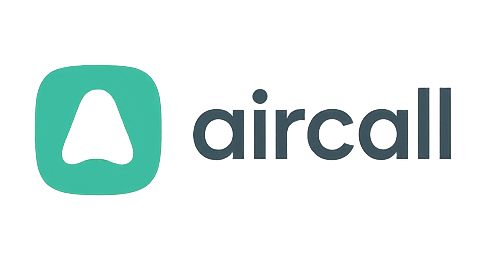
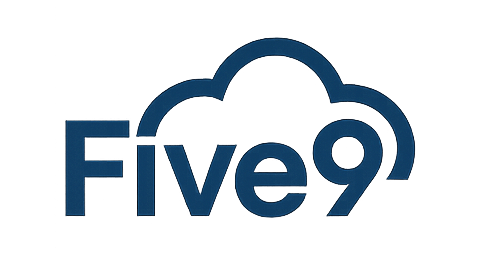
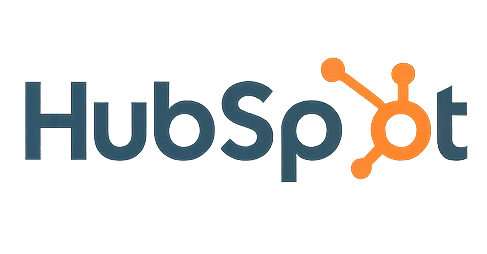
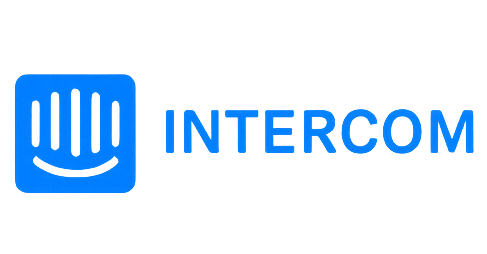
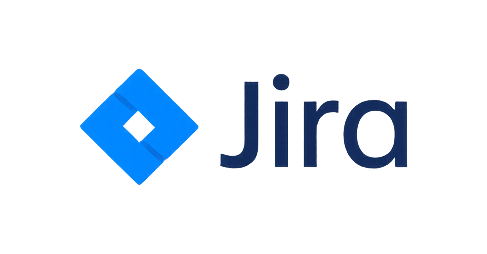

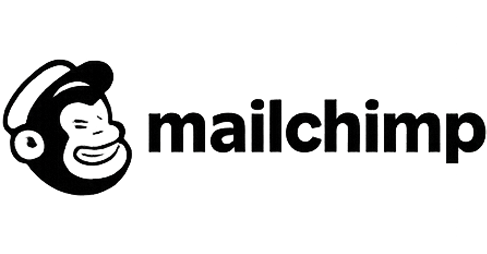
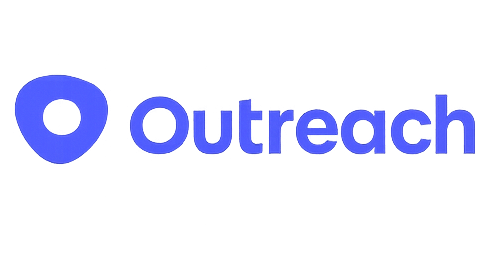
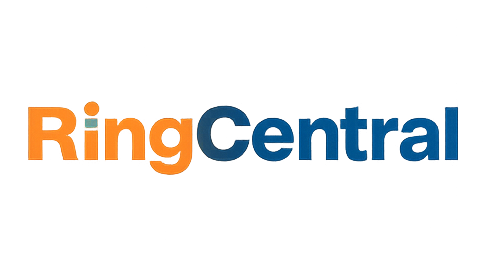
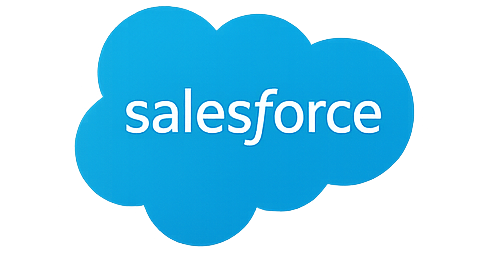

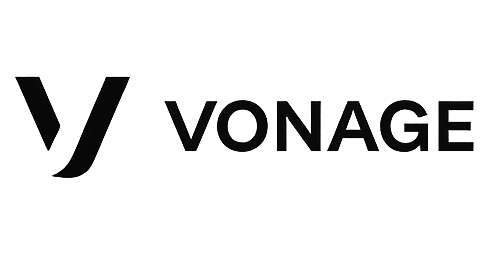
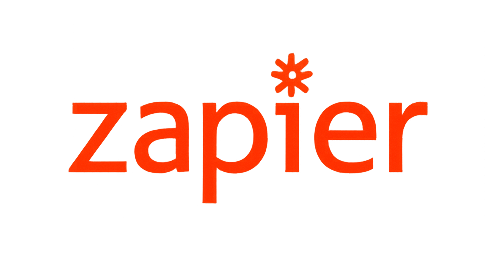

Over 1,200 MCA providers rely on Master MCA for accurate, high-converting merchant cash advance leads. Get instant access to premium MCA leads at competitive 2025 pricing — no contracts, no commitment.
Transparent MCA leads pricing. Cancel anytime — no long-term contracts or hidden fees.
Looking for exclusive or filtered leads tailored to your criteria? Submit a quick request below and we’ll match you with the best available options.
Download the strategies top funders use to win high-intent MCA leads.
Download Free GuideOur team of MCA experts can help you develop a customized lead generation strategy for your funding business.
Schedule a consultation